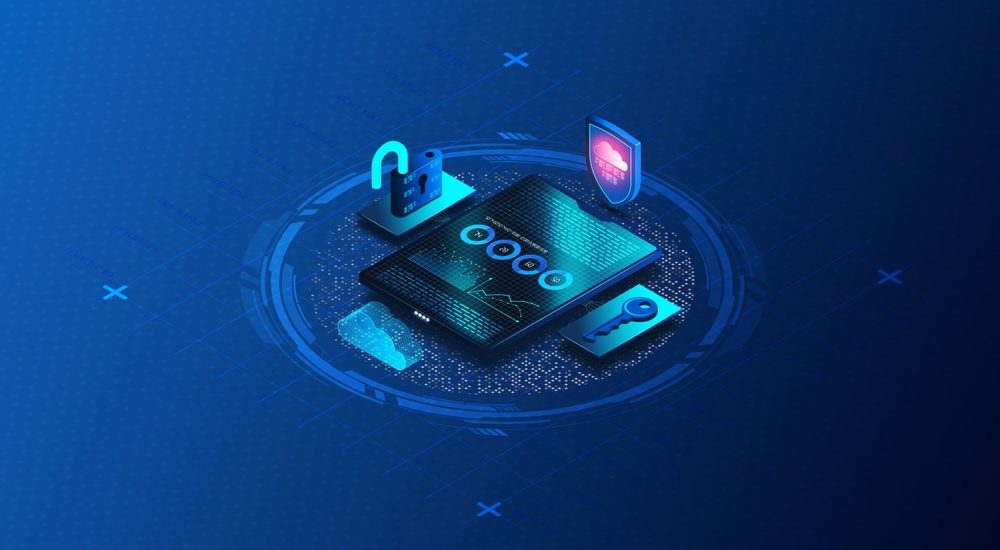Payment services architecture: what businesses need to know
- November 27, 2025
- Posted by: Gradeon
- Category: Compliance

The world of digital payments is changing quickly, and businesses of all sizes are now relying on well structured payment services architecture to support secure and seamless transactions. A strong payment architecture is the backbone of modern commerce. It connects customers, merchants, payment gateways, authentication systems, and financial institutions in one trusted environment.
For any brand that handles card transactions, understanding how payment services architecture works is essential. It helps you design reliable payment flows, reduce operational risks, improve customer experience, and stay compliant with global security standards. This is also where PCI DSS plays a major role, because payment security cannot be separated from the architecture that supports it.
Below is a complete guide that explains what businesses need to know and how PCI DSS consulting services can strengthen your payment systems.
What is payment services architecture
Payment services architecture refers to the structure, components, and processes that support digital payments. It includes the technology, security controls, integrations, and compliance requirements that ensure payment transactions are fast, accurate, and secure.
A typical architecture includes:
- Payment gateways
- Processors and acquiring banks
- Card networks
- Fraud prevention tools
- Authentication frameworks such as PCI 3DS
- Data storage environments
- Security and compliance systems
Every organisation designs its architecture based on its business model, transaction volume, and security obligations.
Why secure architecture is essential
Businesses today operate in an environment where cyber threats, payment fraud, and data breaches are increasing. Customers expect frictionless payment experiences, but they also expect complete protection of their card data.
A secure payment architecture offers:
- Strong data protection
- Stable and reliable transaction processing
- Lower risk of fraud
- Customer confidence and brand trust
- Compliance with global payment standards
This is where PCI DSS becomes a fundamental component. Without PCI DSS compliance solutions, even the most advanced architecture can become vulnerable.
How PCI DSS fits into payment services architecture
PCI DSS is one of the most important security frameworks for businesses that process, store or transmit card data. It defines the security controls required to protect cardholder information across every part of the payment ecosystem.
A compliant payment architecture integrates PCI DSS requirements into its core structure. This includes encryption, access control, network security, vulnerability management, monitoring, and secure handling of sensitive data.
Companies often engage a PCI DSS consultant to ensure their architecture meets all requirements. Since payment ecosystems can be complex, PCI DSS consulting services help identify gaps, redesign risky flows, and support ongoing compliance.
Why businesses need PCI consultants services
Achieving PCI DSS compliance is not a simple task. Payment environments include multiple systems, integrations, and third parties. A PCI consultant helps businesses navigate every part of the journey.
Here is how PCI consultants services support your payment architecture:
1. Architecture assessment
A consultant evaluates all components in the payment flow. This includes gateways, authentication layers, data storage, encryption, and network design. The goal is to identify what is in PCI scope and what must be improved.
2. Reducing PCI scope
Scope reduction lowers cost and complexity. PCI DSS consulting services help businesses redesign data flows so that fewer systems touch cardholder data.
3. Implementing PCI compliance solutions
Compliance requires strong controls. Consultants guide the implementation of:
- Secure network segmentation
- Encryption and tokenisation
- Access restrictions
- Logging and monitoring
- Security policy development
These controls strengthen the overall architecture.
4. Preparing for audit
A PCI DSS consultant also assists in preparing documentation, evidence, and processes for assessment. This gives businesses confidence that their architecture meets all mandatory requirements.
5. Continuous compliance management
Payment systems change often. Consultants provide ongoing advisory support to keep your environment compliant throughout the year.
Role of PCI 3DS in modern payment architecture
PCI 3DS is a secure authentication protocol that adds an extra verification step during online card transactions. It helps confirm the cardholder’s identity and reduces fraud.
PCI 3DS and PCI DSS are different standards, but both play a role in a secure architecture:
- PCI DSS protects card data
- PCI 3DS protects online authentication
Together, they create a safer process for both merchants and customers.
Key components of a strong payment services architecture
A reliable payment architecture usually includes:
Secure processing
Payment processors must follow PCI compliance solutions to handle data safely.
Tokenisation and encryption
Sensitive card data is replaced or encrypted, reducing exposure and risk.
Fraud detection tools
AI based fraud scoring, device fingerprinting, and behavioural analysis help reduce chargebacks.
Authentication systems
Solutions like PCI 3DS strengthen security in ecommerce channels.
Monitoring and logging
Events in the payment environment must be constantly monitored to detect unusual activity.
Compliance and risk management
PCI DSS consulting services ensure the architecture remains aligned with regulatory expectations.
Why businesses should prioritise payment architecture now
Digital commerce continues to expand. As new payment methods appear and customer expectations increase, businesses need flexible and secure architecture that can scale. Poorly designed systems lead to downtime, failed payments, fraud, and compliance failures.
Working with PCI DSS consultant teams helps you design a payment environment that is strong, secure, and ready for growth.
Final thoughts
Payment services architecture is more than a technical framework. It is a strategic foundation that supports business growth, customer trust, and secure operations. When combined with PCI DSS compliance solutions, organisations can build payment systems that resist threats and deliver smooth experiences.
Whether you are upgrading your current payment structure or building a new one, PCI consultants services and strong compliance guidance are essential. With the right architecture and the right security measures, your business can operate with confidence in a competitive digital world.
